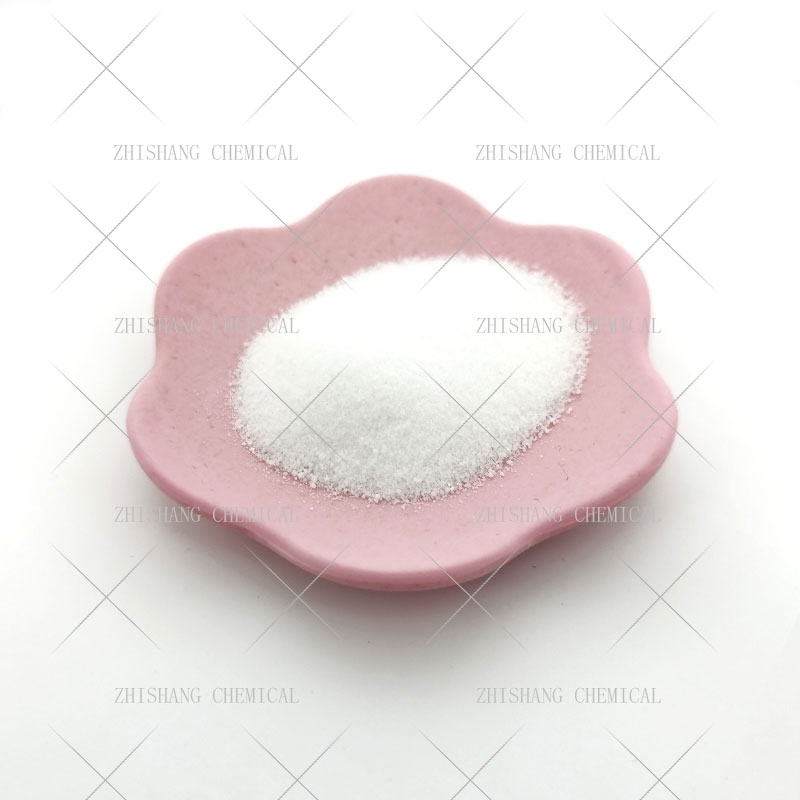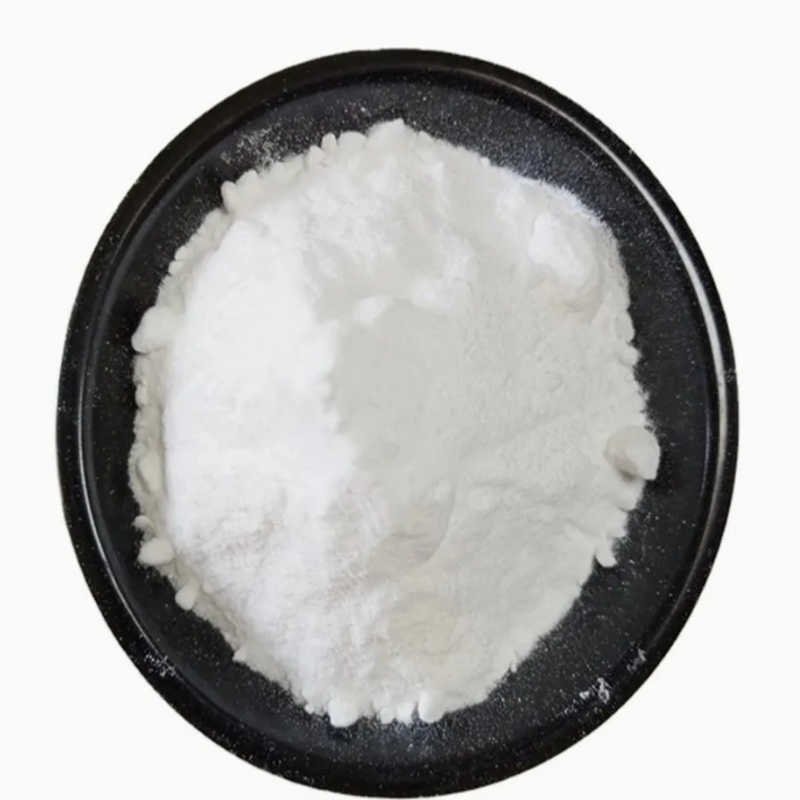-
Categories
-
Pharmaceutical Intermediates
-
Active Pharmaceutical Ingredients
-
Food Additives
- Industrial Coatings
- Agrochemicals
- Dyes and Pigments
- Surfactant
- Flavors and Fragrances
- Chemical Reagents
- Catalyst and Auxiliary
- Natural Products
- Inorganic Chemistry
-
Organic Chemistry
-
Biochemical Engineering
- Analytical Chemistry
-
Cosmetic Ingredient
- Water Treatment Chemical
-
Pharmaceutical Intermediates
Promotion
ECHEMI Mall
Wholesale
Weekly Price
Exhibition
News
-
Trade Service
Silodosin is a pharmaceutical drug that is used to treat the symptoms of an enlarged prostate, also known as benign prostatic hyperplasia (BPH).
It is a selective alpha-1A-adrenergic receptor antagonist, which means it works by blocking the action of a certain type of receptor in the body.
This helps to relax the muscles in the prostate and bladder, which can alleviate the symptoms of BPH.
In the chemical industry, silodosin is classified as an active pharmaceutical ingredient (API).
This means that it is a raw material that is used in the production of a finished drug product.
Silodosin is typically synthesized through a series of chemical reactions that involve the assembly of various molecular building blocks.
The process of synthesizing silodosin involves several steps, including the preparation of starting materials, the actual synthesis, and the purification of the final product.
The upstream products of silodosin are the raw materials and intermediates that are used in the synthesis of the drug.
These materials are typically obtained through chemical reactions that involve the formation of bonds between molecules.
For example, the starting material for the synthesis of silodosin is often a compound called phenylpropanamine, which is derived from the reaction of phenylalanine with propanamine.
This reaction involves the formation of an amide bond between the two molecules.
In addition to raw materials, the upstream products of silodosin also include intermediates that are synthesized during the synthesis process.
These intermediates are molecules that are used in later steps of the synthesis and are not present in the final product.
For example, one intermediate in the synthesis of silodosin is a compound called methyl 2-[[2-[(4S)-4-(difluoromethyl)-2-oxo-1,3-oxazolidin-3-yl]-5,6-dihydroimidazo[1,2-d][1,4]benzoxazepin-9-yl]amino]propanoate.
This compound is used in the synthesis of silodosin and is not present in the final product.
The downstream products of silodosin are the finished drug products that are produced using the API.
These products are typically formulated for oral administration and are designed to be taken by patients to treat the symptoms of BPH.
Finished drug products are not used in the synthesis of other chemicals, but are instead intended for use in medical treatment.
In conclusion, silodosin is an API that is used in the production of finished drug products for the treatment of BPH.
The upstream products of silodosin are the raw materials and intermediates that are used in the synthesis of the drug, while the downstream products are the finished drug products that are used in medical treatment.







